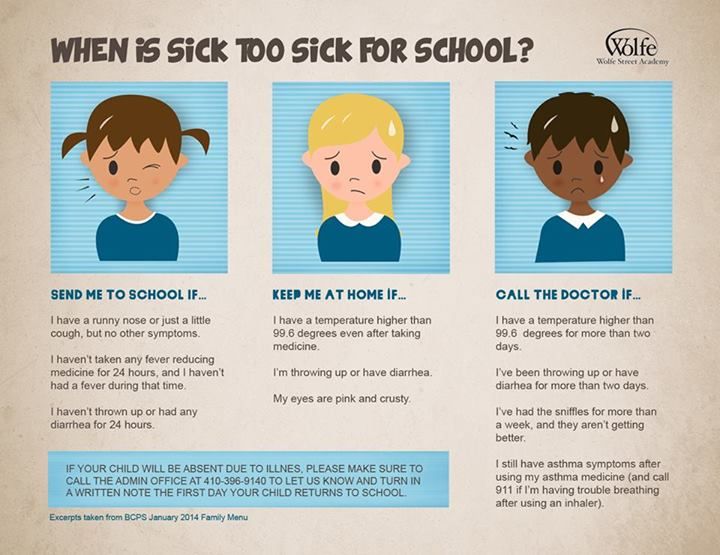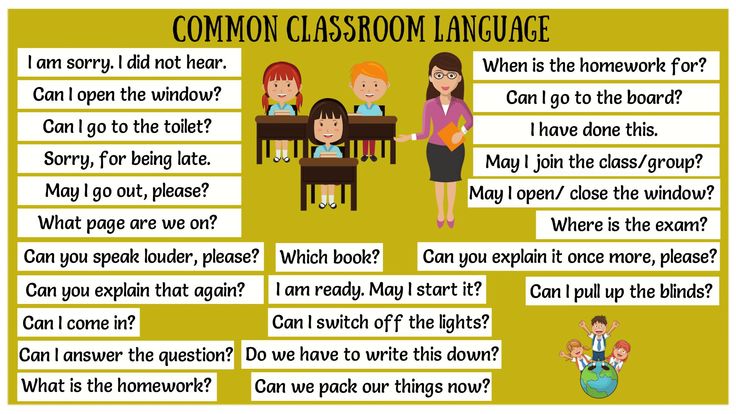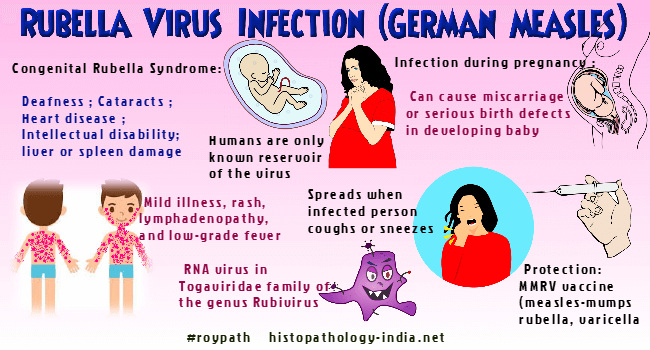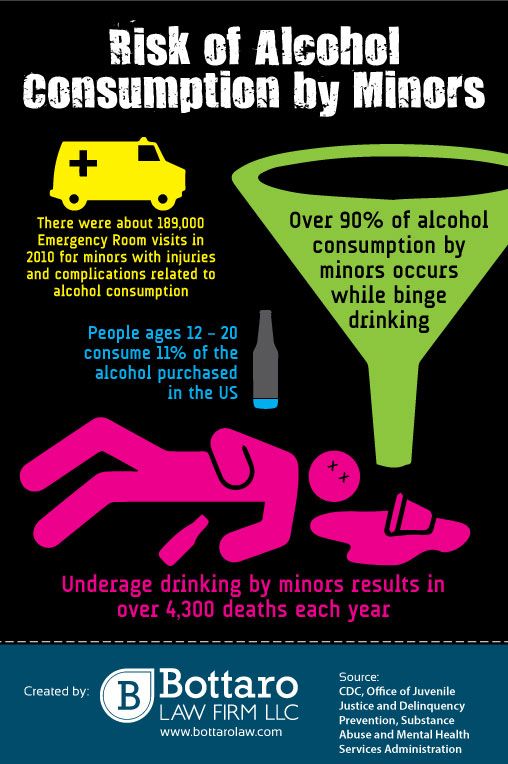When kids are sick
What to Do When Your Child Gets Sick
Fevers, colds, and the flu are common illnesses for children from birth through age five. Learn the signs, symptoms, and what to do.
When your children get sick, you want to do whatever you can to make them feel better. No matter the symptoms, it is always best to contact a nurse hotline or your child’s pediatrician if you have concerns about your child’s health.
Fever:
A fever is usually a sign that the body is fighting against infection. Most fevers are caused by viral infections. While the typical fever last for two or three days, it may take longer for your child to recover from the illness.
Touch your child's forehead. If you think he feels warmer than normal, you're probably right.
You should confirm your suspicions and take your child’s temperature using a thermometer. This can help you determine if you need to call a doctor.
The normal temperature for most children is around 98. 6 degrees Fahrenheit (F). You should call your child’s doctor if:
Your baby is younger than two months and has a fever of 100.2 degrees F.
Your baby is between two and six months and has a fever of 101 degrees F.
Your baby is between six months and two years and has a fever of 103 degrees F.
Your child is 2 years old or older and has a fever of 103 degrees F and has any of the following symptoms.
Signs and Symptoms:
Child’s face may be red and skin is hot.
Child may have the chills.
Eyes may be glassy.
Breathing and heart rate may be fast.
Child is fussy or hard to console.
Child is not eating or drinking.
Child unusually tired.
Child is vomiting or has diarrhea.
What You Can Do:
Give your child extra fluids, like popsicles or cool drinks.

Dress your child lightly, not in layers.
Make sure your child’s room is not too warm. Turn down the heat or use a fan if it’s hot.
Sponge your child with a washcloth for 10-15 minutes in three inches of lukewarm water. Stop the sponge bath if your child starts to shiver.
Talk to your child’s doctor about when to give fever reducers, such as acetaminophen or ibuprofen, and ask about the right dose for your child’s age and weight. Do not give aspirin to a child. It can make a child very sick.
For more information about the dangers of giving aspirin to children, click here.
Cold and Flu:
Children can get between six and eight colds a year. Unfortunately, there’s no specific medicine to cure a cold (or the flu). Your child will get better with time, rest, and plenty of liquids.
To help stop the spread of a cold or the flu, teach the whole family to wash their hands often, and use clean tissues to cover coughs and sneezes.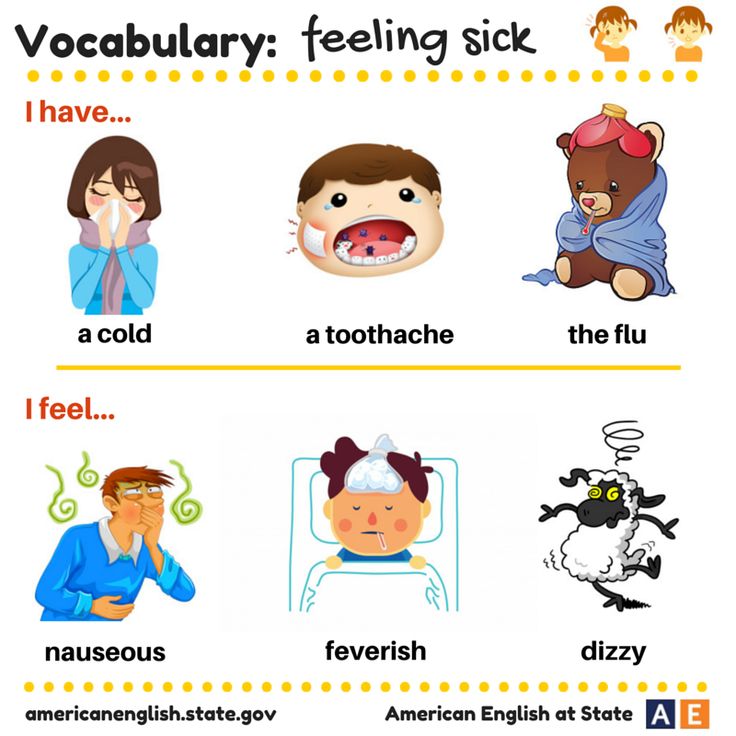
Signs and Symptoms:
Red, runny, or stuffy nose.
Sneezing, coughing.
Watery eyes.
Child doesn’t want to eat or has trouble drinking from a bottle or breast.
Fever and chills.
What You Can Do:
Have your child gets lots of rest.
Give your child liquids to drink every hour.
Raise your child’s head while sleeping by placing a crib wedge or towel under the end of the mattress.
Use a soft rubber suction bulb to clear your baby’s stuffy nose.
Talk to your child’s doctor about when to give fever reducers, such as acetaminophen or ibuprofen, and the right dose for your child’s age and weight. Do not give aspirin to a child. It can make a child very sick.
For more information about the dangers of giving aspirin to children, click here.
For a whole guide on what to do when your child gets sick, check out the Kit for New Parents and the resources within it.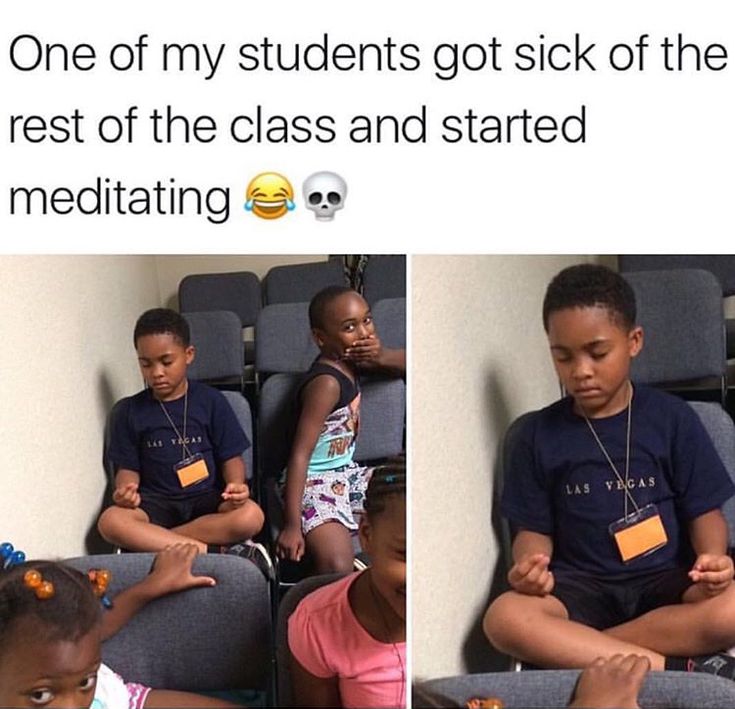
The flu can be a serious, even life-threatening, illness – especially for pregnant women and young children. Seasonal flu vaccines are the best way for you and your child to protect yourselves. Ask your pediatrician or local pharmacist about flu vaccines.
Activities for Children Sick at Home
You can download this article as a PDF (English, Spanish).
Beyond TV, Video Games, Apps and the Internet
When you have a child who is sick at home, it can be tough to find things for them to do. Of course there’s always TV, video games, apps and the Internet, but it’s better to fill most of the day with other activities. We hope you find some ideas here. But first, there are a few things to remember:
Avoid choosing activities that might frustrate your child. Choose things they can do with ease when feeling well. Familiar toys and play items give a child comfort and security. When choosing new projects or toys, select ones that are geared to a slightly younger age.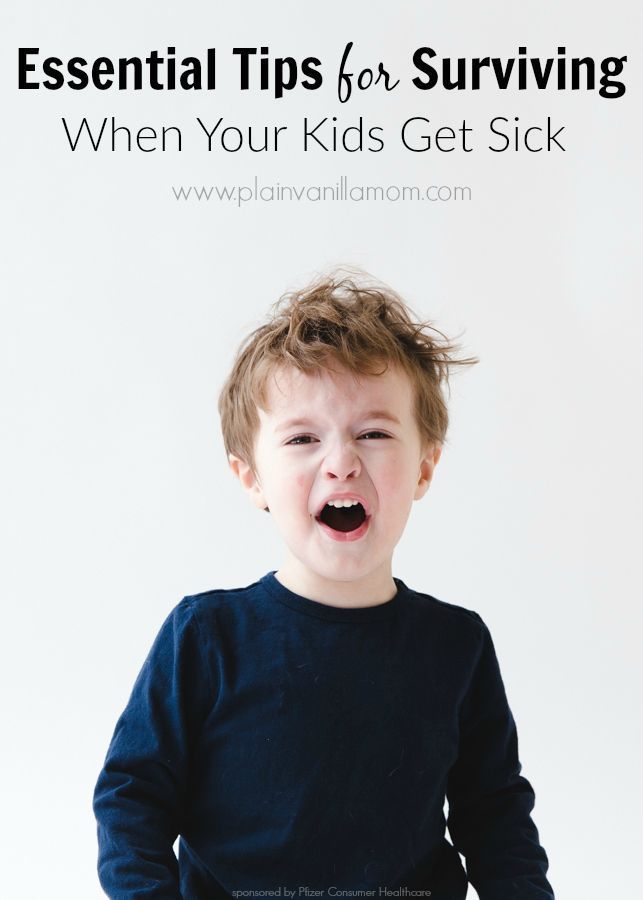
Know that your child’s attention span will be shorter than normal. Plan activities that can be finished in short periods of time or can be stopped and started again easily. If your child needs to stay in bed, place a table by the bedside. Provide a large, firm surface to work on. A lid from a large cardboard box can help keep track of pieces or supplies.
Try to set regular times throughout the day to spend with your child so you can still go about your daily tasks. If your child is young, they will need your attention more often, but for shorter periods of time. If your child is older, they can manage being with you less often, but will enjoy having you stay long enough to play a game or do something together.
Help your child get started on an activity, check on progress and help with clean up. This kind of structure encourages a child to continue on their own.
Try not to insist on neatness. For messy activities, an old vinyl tablecloth can help protect your child’s bed or play area.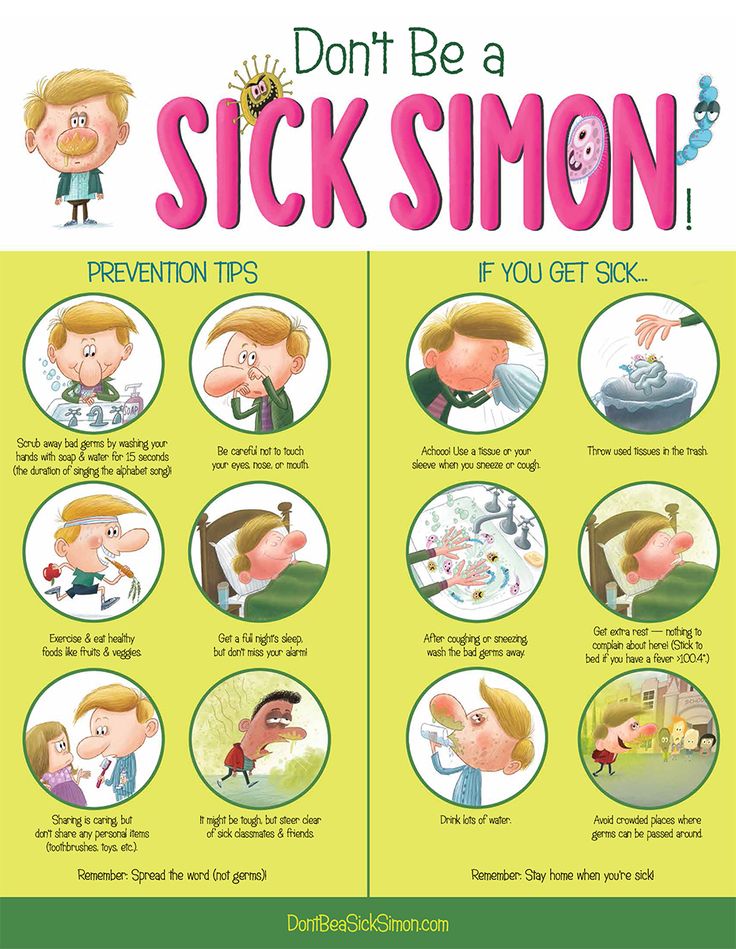 (Do not use thin plastic bags or sheets with children under three years due to suffocation hazard.)
(Do not use thin plastic bags or sheets with children under three years due to suffocation hazard.)
Activity Suggestions
Under 3 years
- Cuddling and tender loving care
- Reading/looking at books
- Coloring
- Sorting/matching toys and activities
- Music
- Play-Doh
- Easy-to-handle building sets (Duplo)
- Dolls/stuffed toys
- Activity sets or centers (such as Fisher Price Farm or Garage)
3 to 5 years
- All of the activities listed above, plus:
- Puzzles (5–25 large pieces)
- Puppets (make your own out of paper lunch sacks!)
- Painting
- Cutting and pasting
- Dramatic/imaginative play ( “Let’s pretend…”)
- Bubbles
5 to 7 years
- Simple games (Candyland, Chutes & Ladders, checkers, cards)
- Puzzles (up to 60 large pieces)
- Simple crafts, using: safety scissors, glue, crayons, non-toxic felt markers, tape, scrap material/yarn, paper/cardboard, egg cartons, paper towel tubes, ribbon, wrapping paper, etc.

- Construction/put-together sets with more pieces (Lego)
- Sorting/matching/counting activities (pictures, colors, objects)
- Reading/stories
- Music
- Play-Doh
- “Practice” academic skill
- Collections
7 to 9 years
- Paper and pencil games (word search, mazes, matching, crosswords)
- Board games
- Puzzles (100 pieces)
- Crafts (can add more steps, materials)
- Beginning sewing activities
- Magnets and science-like activities
- Reading
- “Helping” activities
- Collections
- Music
9 to 11 years
- Activities from above group, but make them harder or more complex. Your child has more defined interests at this age.
11 years and up
- Already developed interests will guide choices.
- Competitive games
- Hobbies/collections
- Music
- Reading
- Talking
- Daydreaming, planning, organizing
Booklist
This list includes some of the many books for parents and caregivers. Visit a local library or bookstore, or look online to choose those that best fit your needs and style of child rearing.
Visit a local library or bookstore, or look online to choose those that best fit your needs and style of child rearing.
101 Activities for Kids in Tight Spaces: At the Doctor’s Office, on Car, Train and Plane Trips, Home Sick in Bed.
Stock Kranowitz, Carol 1997
Creative Crafts for Kids
Dickinson, Gill and Owen, Cheryl, 2013
The Kids’ Multicultural Art Book
Michaels, Alexandra, 2007
Little Hands Art Book
Press, Judy, 2008
The Super Duper Activity Book
Gordon, Lynn, 2003
Ministry of Health of the Republic of Tatarstan
October 14, 2019, Monday
Today, many parents are faced with the problem of frequent illnesses in their children. Children are especially susceptible to colds, acute respiratory viral infections. What is the reason for this and how to strengthen the immune system in a child, these and many other questions will be answered by the pediatrician of the Children's City Hospital with a perinatal center in Nizhnekamsk Khairutdinova Zulfiya Donovna.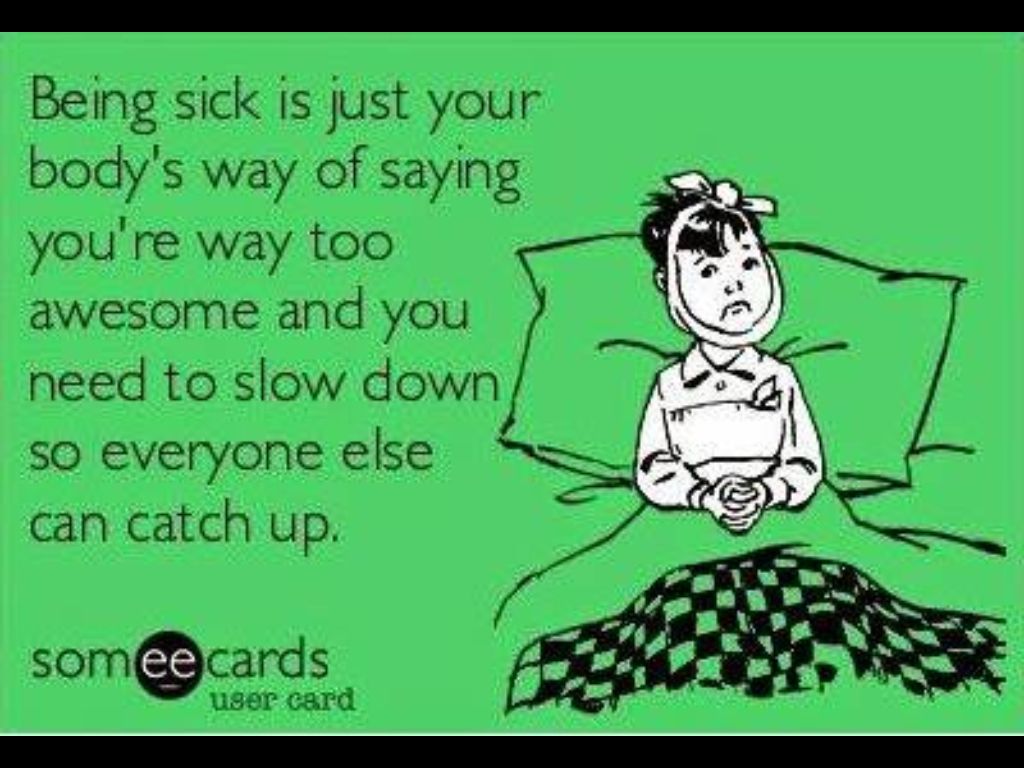
– What are the most common diseases in children? nine0008
– The most common diseases in children are infections of the upper respiratory tract (rhinitis, pharyngitis, laryngitis) and lower respiratory tract (tracheitis, bronchitis, pneumonia). There are more than two hundred viruses that can provoke SARS in the human body. Among viral pathogens, influenza viruses, parainfluenza, enteroviruses are most often distinguished. adenoviruses, etc. Among bacterial pathogens, pneumococcus, Haemophilus influenzae, streptococcus, staphylococcus predominate. nine0003
– When is it considered that a child is often ill?
– It is important not how often the child gets sick, but how quickly he recovers. If each viral infection (ARVI) in a child proceeds within the permissible limits, without complications, and passes in 7-8 days, then there should be no cause for concern for parents. Even if the baby picks up such viral infections with a frequency of once a month.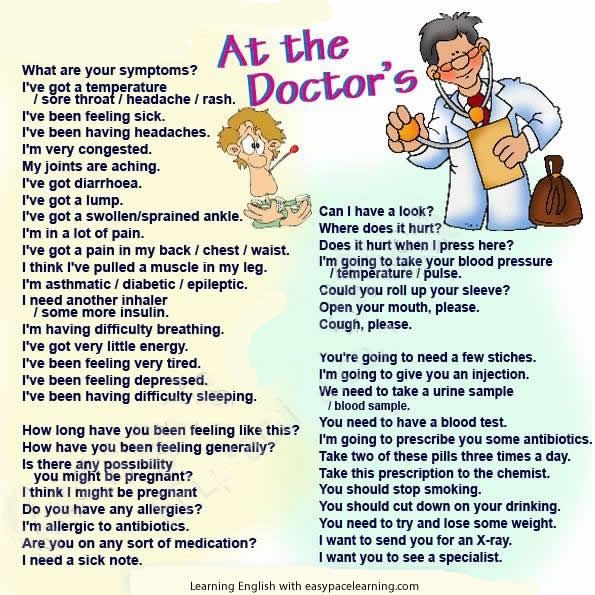 In fact, viral infections are not so scary. For a child who actively attends children's institutions and groups, getting viral infections from 6 to 10 times a year is absolutely normal and even useful in a certain sense. After all, every time, coping with another infection, the immunity of the child is formed. nine0003
In fact, viral infections are not so scary. For a child who actively attends children's institutions and groups, getting viral infections from 6 to 10 times a year is absolutely normal and even useful in a certain sense. After all, every time, coping with another infection, the immunity of the child is formed. nine0003
– Which children are most at risk?
- The frequency of episodes of viral infections is directly related to how much contact you and your children have with other people and other babies. The main reason is visiting an organized team in the garden, and later at school. Each child is a carrier of special, specific microbes obtained in the family. He has developed immunity to them, but there is no immunity to other microbes that live in the team. Communication in a kindergarten group with children is a constant exchange of microbes. And each such exchange becomes the cause of diseases of varying severity. nine0003
– Why do some children get sick often and others don't?
– As no two people are the same, so there are no people who are equally ill.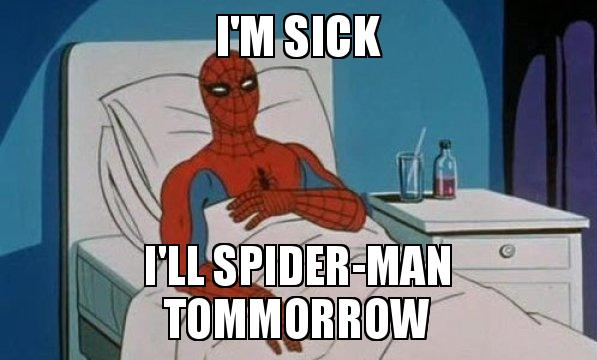 All children experience the same infection differently and have different symptoms. So in one child the disease is limited to a runny nose, in another - bronchitis, in the third - pneumonia. After all, immunity is born even in the womb and depends on many factors: the course of pregnancy, diseases suffered by the mother, features of fetal development, etc. Equally important is the so-called "secondary" immunity, which depends on the conditions in which the child is located and his lifestyle. These are artificial feeding, malnutrition, violation of the regimen and congestion of the child, the presence of other background conditions (allergic mood of the child's body, vitamin deficiency, rickets, etc.), chronic diseases (adenoids, tonsillitis, etc.), the presence of parasites in body, a sedentary lifestyle of a child, too rare walks in the fresh air. Passive smoking of children greatly suppresses the child's immunity, therefore, in families in which family members smoke, children are 3-6 times more likely to get ARVI.
All children experience the same infection differently and have different symptoms. So in one child the disease is limited to a runny nose, in another - bronchitis, in the third - pneumonia. After all, immunity is born even in the womb and depends on many factors: the course of pregnancy, diseases suffered by the mother, features of fetal development, etc. Equally important is the so-called "secondary" immunity, which depends on the conditions in which the child is located and his lifestyle. These are artificial feeding, malnutrition, violation of the regimen and congestion of the child, the presence of other background conditions (allergic mood of the child's body, vitamin deficiency, rickets, etc.), chronic diseases (adenoids, tonsillitis, etc.), the presence of parasites in body, a sedentary lifestyle of a child, too rare walks in the fresh air. Passive smoking of children greatly suppresses the child's immunity, therefore, in families in which family members smoke, children are 3-6 times more likely to get ARVI. nine0003
nine0003
– The need for vaccination is a matter of much debate. What is your opinion on this matter: is vaccination necessary or not?
– Vaccination is, of course, necessary. I want to note that vaccinated children, who even get sick, endure the disease much easier. The vaccine does not give a 100% guarantee against the disease, but it does provide protection against severe disease, complications, and death. Statistics show that unvaccinated children get sick more often than vaccinated ones. And even if a child vaccinated against the flu gets sick, then, as a rule, the disease proceeds in a mild form, without complications and leaves no consequences. Every year, the list of vaccines that can be vaccinated in a child is expanding so that he does not get sick with some kind of infection. These are vaccines "Pneumo 23" and "Prevenar -13" against pneumococcal infection, "ActKhib" against hemophilic infection, which manifest themselves in many clinical forms, such as meningitis, pneumonia, otitis media, arthritis, etc.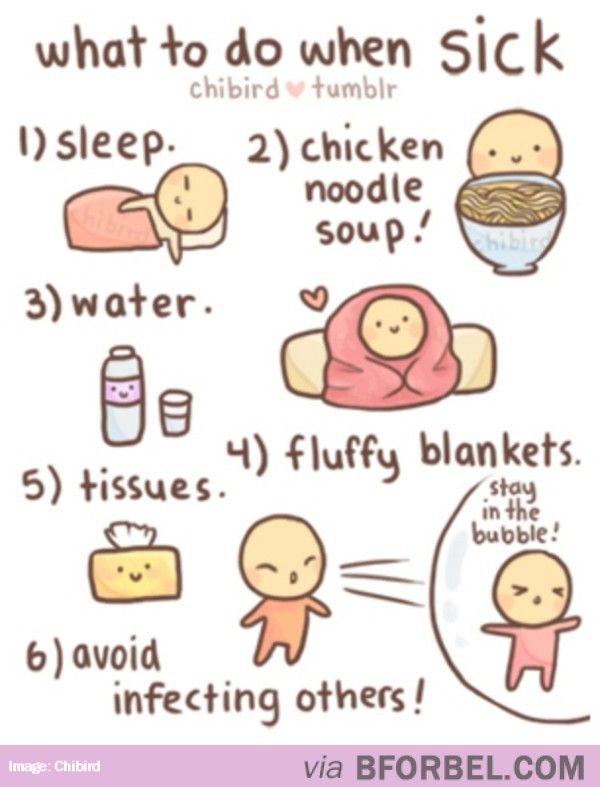
– What should I do to prevent my child from getting sick?
- It is impossible to single out any special recommendations, following which, you will save the child from the disease. A healthy family lifestyle is very important (including a complete cessation of smoking in the presence of a child or in the room where he is), a balanced and nutritious diet, hardening using water procedures, gymnastics, herbal medicine (in the absence of allergic reactions), vitamin therapy, use means that increase the overall resistance of the child's body Parents need to know that if the child often has a cold, you need to check if he has a focus of chronic infection (adenoids, caries, sinusitis or tonsillitis), which weakens the immune system. That is why frequently ill children must undergo a complete examination, after which the doctor will select the correct treatment and prescribe a course of restorative procedures. nine0003
Share:
READ ALL NEWS
Archegova Galina Altafovna
Gastroenterologist, Gastroenterologist for children, Nutritionist
MD GROUP Clinical Hospital
It is known that children in the first months of life rarely get sick, for example, SARS. This is due not only to the fact that they do not visit public places, but also to the fact that there are protective factors in their blood that were passed on to them by their mothers. Gradually, the level of these factors decreases, and the likelihood of respiratory disease, respectively, increases. nine0003
This is due not only to the fact that they do not visit public places, but also to the fact that there are protective factors in their blood that were passed on to them by their mothers. Gradually, the level of these factors decreases, and the likelihood of respiratory disease, respectively, increases. nine0003
If a child of the first 6 months of life has a viral infection, which theoretically should be protected by immunity inherited from the mother, then this is a situation that goes beyond the norm. Therefore, in this case, you should immediately consult a doctor. Even if the disease is mild, only in the form of a runny nose and sneezing.
If a child of the second half of life who already “has the right” to get sick falls ill, then in cases of a mild form of the disease with a temperature within 38 °, with minor symptoms of a cold, one can independently, based on one’s own experience, begin treatment using certain means. nine0003
It has been known for many years that one of the protective factors, interferon, is weakly secreted at temperatures below 38°C, which can weaken the immune response in general.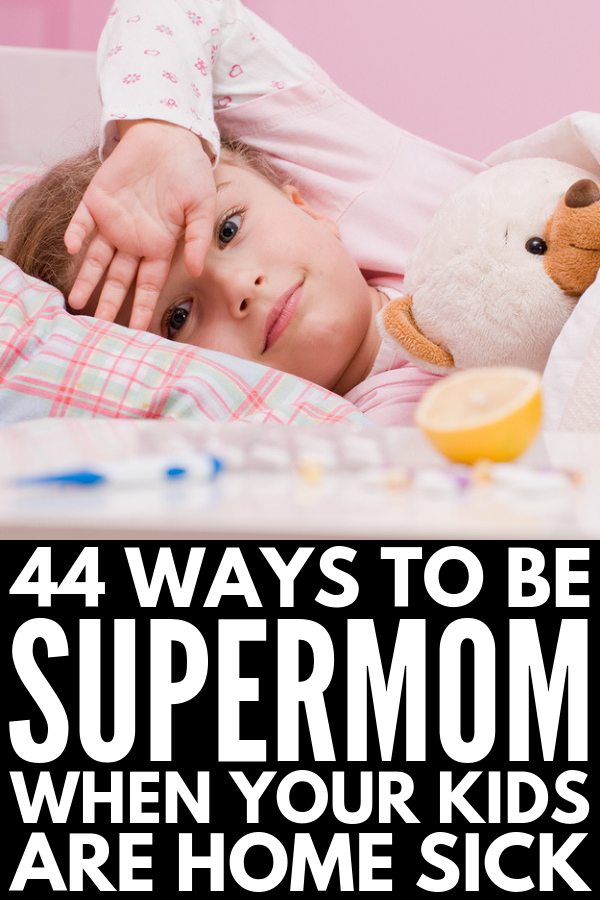 Therefore, there is no reason to consider a decrease in temperature in all cases as necessary. In addition, the use of antipyretics can lead to side effects.
Therefore, there is no reason to consider a decrease in temperature in all cases as necessary. In addition, the use of antipyretics can lead to side effects.
When the temperature rises, the skin vessels dilate, which allows the body to balance heat production and heat loss. Therefore, it is not necessary to wrap up a feverish child, to cover him with blankets, this can only impede heat transfer. There is no need to be afraid that the temperature will “roll over the top”, will rise indefinitely. In the vast majority of patients, the temperature does not exceed 39°. However, at higher temperatures, the heat output may not match its products.
Such a situation - it is called a malignant temperature - is extremely dangerous. It is not difficult to recognize it - while the surface of the child's body acquires a motley "marble" color, the skin, especially the hands and feet, remains cold despite the fever. In these cases, it is necessary to rub the skin vigorously until it turns red and give an antipyretic.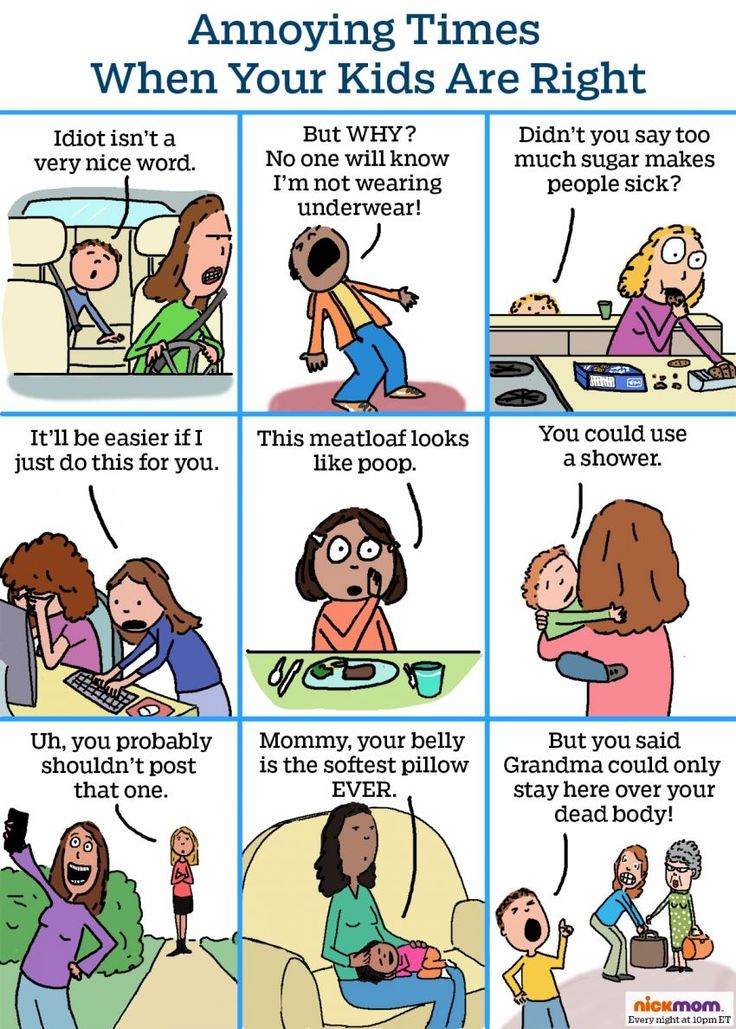 A child with a fever should be put to bed and provided with plenty of fluids to prevent excessive fluid loss. nine0003
A child with a fever should be put to bed and provided with plenty of fluids to prevent excessive fluid loss. nine0003
If a child is ill, the first thing to do is DON'T PANIC. Most problems are born out of panic. Call your pediatrician immediately.
Before he arrives, take a temperature measurement.
Make sure that the room where the child is located is ventilated and the air is fresh. Don't forget to increase your drinking. Experts note that if the child drinks enough, then you can not be afraid that the temperature will pose a danger to him.
There is a very small group of children who, in response to any infection, overreact, that is, they immediately develop a high temperature, heart and lung failure, loss of consciousness, convulsions immediately occur. Therefore, if a child's temperature creeps up, despite the measures you take, the bill goes to hours and minutes. nine0003
The easiest and best way out in this situation is to call an emergency or a pediatrician and hospitalize the baby in a hospital, where all the necessary examinations will be performed and treatment prescribed, and, most importantly, the child will be under the supervision of a doctor around the clock, since the children have a condition can get heavy in a matter of hours.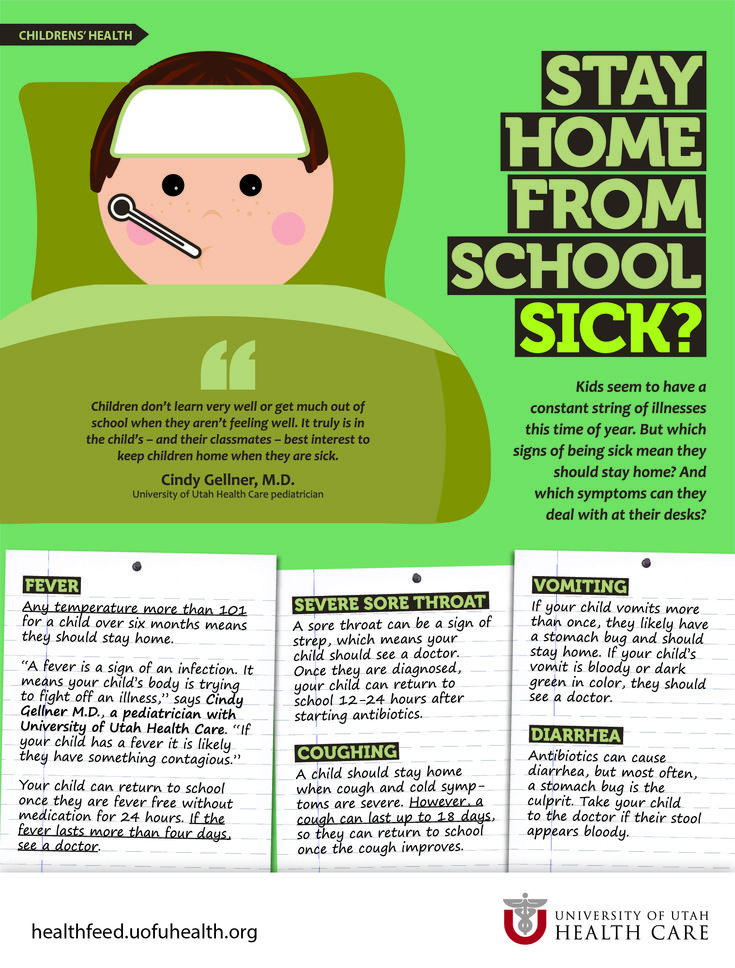
As the head of the children's consultative and diagnostic center of the Perinatal Medical Center, which includes not only a polyclinic, but also a boxed department for infants and older children, I categorically do not advise you to go to hospitals yourself, “choosing” a hospital. For this, there is emergency care, which, in accordance with the diagnosis, will take the child to a specialized medical institution, depending on the availability of vacant places in it. nine0003
I would like to note that the conditions of his stay in the hospital are of great importance for a child, especially at an early age. Individual wards - boxes, round-the-clock stay of a mother with a child, everything necessary for a comfortable stay, modern materials in interior decoration, colors of walls and floors - taking into account the favorable psychological impact on the child - all this is available in the rehabilitation department of the Perinatal Medical Center. In addition, the uniqueness of this department for Moscow lies in the fact that the Center has not only a children's hospital, but also a polyclinic children's department, and specialized traveling children's teams.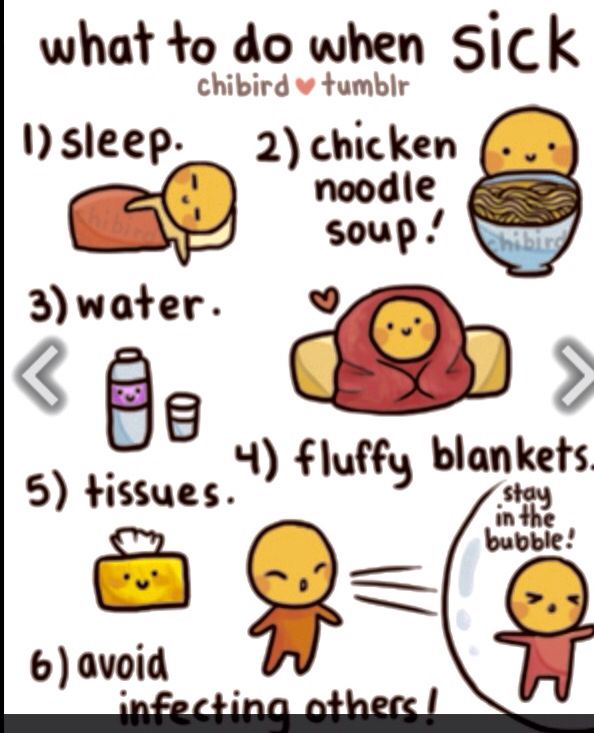 Thus, the principles of continuity and phasing are fully respected. In the event of a critical situation, a team of pediatricians goes to provide medical assistance and, if necessary, the child is transported to the children's boxed department. Therefore, it is not for nothing that the medical staff of the PMC departments is considered one of the most qualified, because they have to deal with the most difficult situations. nine0003
Thus, the principles of continuity and phasing are fully respected. In the event of a critical situation, a team of pediatricians goes to provide medical assistance and, if necessary, the child is transported to the children's boxed department. Therefore, it is not for nothing that the medical staff of the PMC departments is considered one of the most qualified, because they have to deal with the most difficult situations. nine0003
Of course, a child's illness is a misfortune. But faith in the successful resolution of the situation, in the child’s own strengths and strengths, and the professionalism of doctors can work wonders. The purpose of our article is not to intimidate future and current parents, but to warn. Convince to be as attentive as possible to the health of the child. After all, as you know, forewarned is forearmed. So, if you notice even minimal deviations in the condition of the baby, then do not treat yourself, consult your doctor. nine0003
For every family, the most important thing in life is the happiness and health of their child.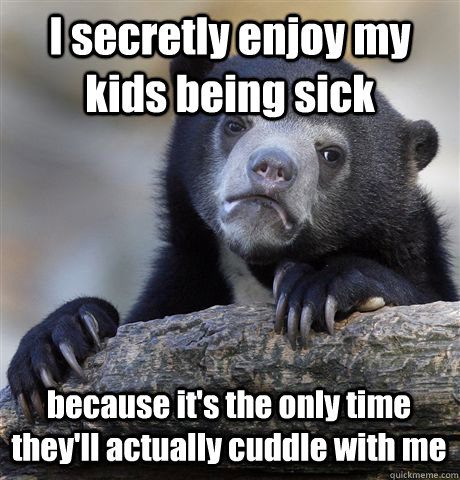 But, unfortunately, children often get sick. We sincerely wish you and your children good health, but if the child gets sick, try to "pull yourself together" and do not panic! Your task is to help your child as much as possible! Emotions should fade into the background.
But, unfortunately, children often get sick. We sincerely wish you and your children good health, but if the child gets sick, try to "pull yourself together" and do not panic! Your task is to help your child as much as possible! Emotions should fade into the background.
Make an appointment
to the doctor - Archegova Galina Altafovna
Clinical Hospital MD GROUP
GastroenterologyPediatric gastroenterology
By clicking on the send button, I consent to the processing of personal data
Attention! Prices for services in different clinics may vary. To clarify the current cost, select a clinic
Clinical Hospital MD GROUPClinical Hospital Lapino-1 "Mother and Child"Children's Clinic KG "Lapino" on New Riga (branch)Clinic "Mother and Child" KuntsevoClinic "Mother and Child" SavelovskayaClinic "Mother and Child" South-WestClinic "Mother and Child" » Novogireevo
All directions
01.